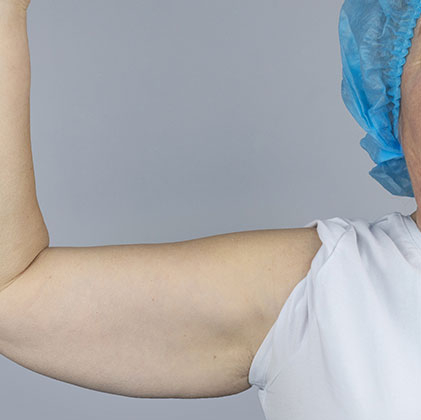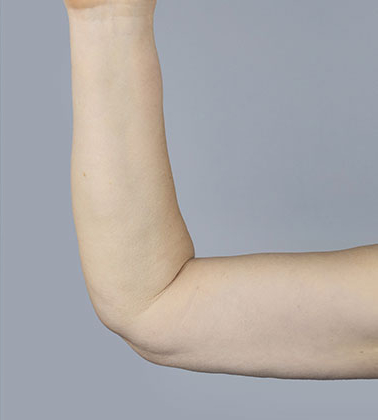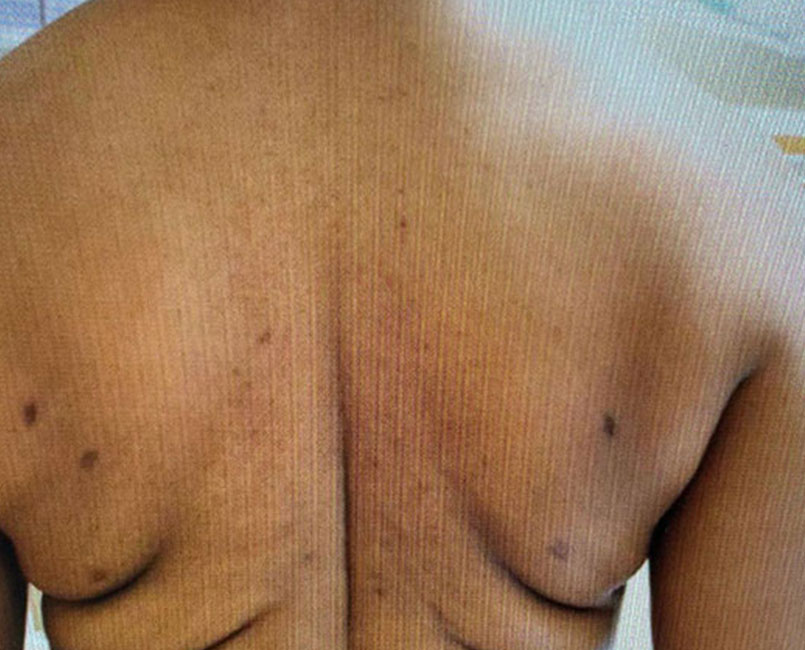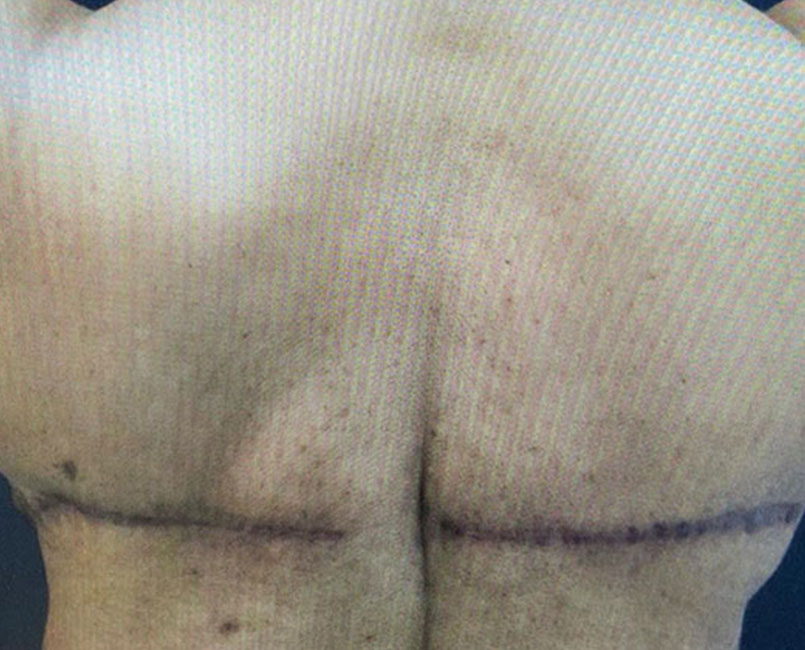Rhinoplasty aims to modify and reconstruct the nose to look aesthetic and function seamlessly. Cosmetic treatment also gained popularity because it can cure sinus, breathing issues, snoring, and congenital deformities.
People who have gone through rhinoplasty wish to see a desirable outcome immediately. In actuality, however, recovery takes time. Implementing certain tips may speed things up and ensure the nose, and surrounding skin heals properly. Check out the rest of this write-up to know more.
Recovery Timeline After the Surgery
According to a renowned rhinoplasty surgeon, the average recovery period is one year. That may seem long but becomes manageable when categorized into a timeline. Even though the milestones vary from one patient to another, in general, it goes something like the following:
Week 1– The splint is removed, and patients may go out without exhibiting any obvious sign of surgery unless there are bruises around the eyes. They may also resume normal day-to-day activities.
Week 2– Facial swelling and the majority of the bruising subside. Patients must seek immediate medical assistance in case any reaction has exacerbated abnormally.
Week 3 and 4- Patients can hit the gym without hassle. They can safely indulge in cardiovascular activities such as swimming, cycling, and jogging.
Week 6– The bones around the nose are stable, and patients may perform strenuous workout sessions, primarily weightlifting.
Month 3 to 6– The strange sensations and numbness around the nasal skin subside. The nose starts to take its final shape.
A Year– The healing process is complete after one year. Inflammation, discolouration, pain, and all other side effects resolve. The nose, with its fully refined shape, now looks visually appealing.
Aftercare Tips to Follow
Patients must adhere to their doctor’s instructions to speed up the timeline mentioned above. For example, most practitioners emphasized the significance of listening to the body. If something, no matter how minor, does not feel right after the surgery, put forward the concerns.
- Keep Head Elevated
Sleeping on the side post rhinoplasty is not just discomforting but can cause additional swelling and bruising, which unnecessarily prolong the recovery. Keep the head in an elevated position for at least six weeks. The easiest way to do so is sleeping on three or four pillows.
- Maintain a Balanced Diet
A balanced diet provides the body with the nutrients it requires to heal. Eat foods rich in protein like eggs, meat, fish, yogurt, nuts, etc. because protein is a vital building block of muscle, cartilage, skin, and blood. Vitamin A, found in leafy green vegetables, strengthens the immune system, and Vitamin C in citrus fruits contributes to collagen regeneration.
- Stay Cool
Hot soups, steamy showers, saunas, etc. may feel good, but they harm a swollen nose. The heat causes the tissues inside the nose to inflame further, so take lukewarm baths, eat cool or room-temperature foods, and do not venture out in the sun.
The board-certified surgeons performing cosmetic surgery ask patients also to avoid smoking, vigorous exercise, and wearing glasses. They constantly guide us to pave the way for a seamless recovery.
Make sure to contact Dr. Azra Ashraf and book an appointment for a rhinoplasty to get the best results. She offers the surgery in her world-class facility of Panache Plastic Surgery, and everything is taken care of precisely.




